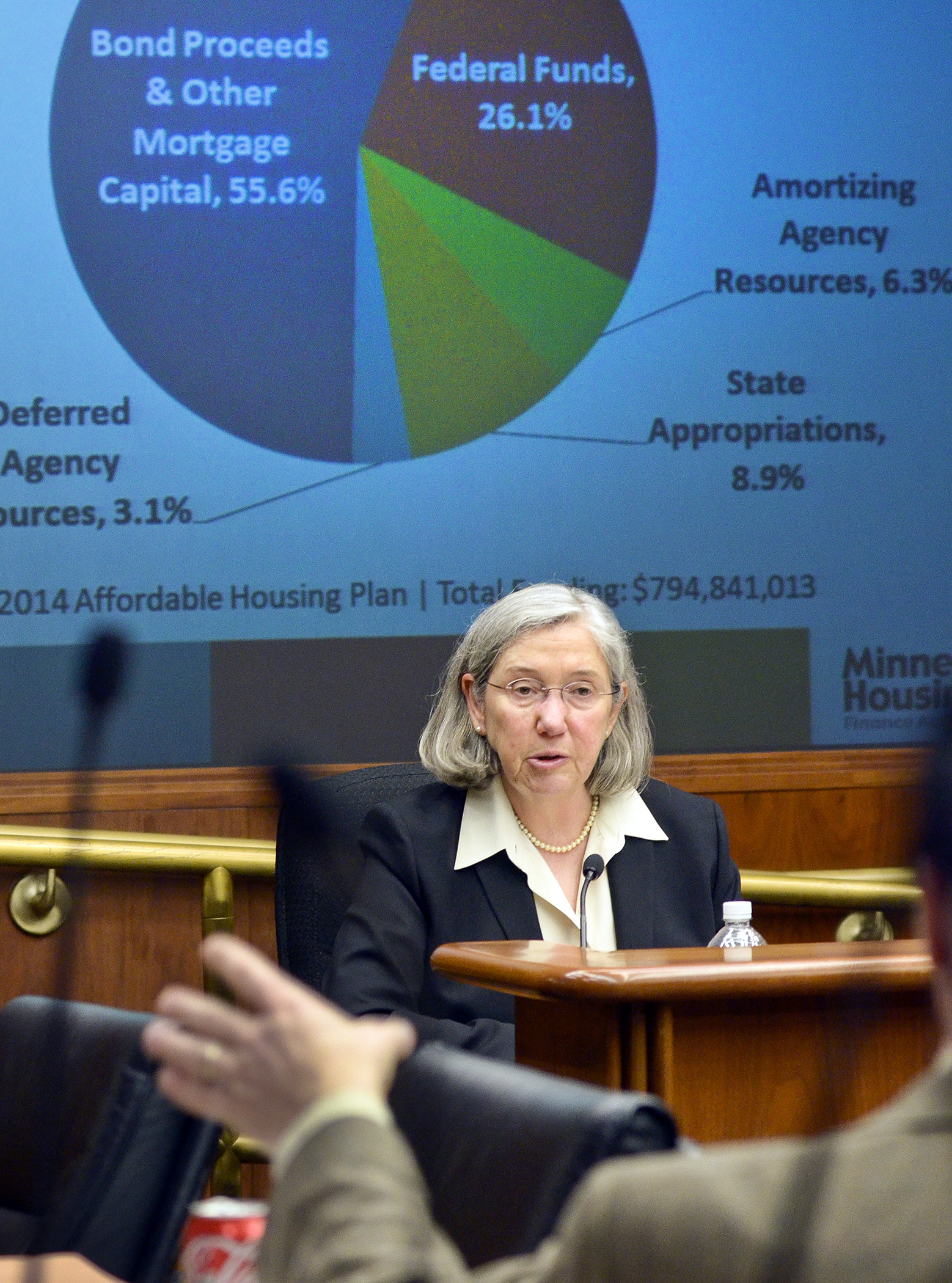Housing markets are ‘broken’ in rural Minnesota, panel told

Greater Minnesota has too few housing for people with low or moderate incomes, as well as for workers in areas where companies have job openings waiting to be filled.
That was the message the House Greater Minnesota Economic and Workforce Development Policy Committee heard Thursday from state housing officials and advocates.
In some areas, rents are rising as vacancy rates approach zero. Elsewhere, rents lag along with stagnant wages, in spite of a locally booming job market. But either way, few new units are going up.
“It’s a real challenge,” said Larry Kruse, Thief River Falls city administrator. The city’s multifamily housing stock is old, typical rents are stuck at $500–$600, and new construction is expensive to build. The city doesn’t want a lack of housing to limit job growth. Locally, Digi-Key employs 3,200 people and would like to hire 250 more but has instead expanded operations in Fargo, N.D.
“We don’t want to get caught with our pants down, so to speak,” Kruse said.
About 600,000 households in Minnesota pay more than 30 percent of their income for housing costs, and as many as 10,000 Minnesotans are homeless, Housing Finance Agency Commissioner Mary Tingerthal told the committee.
The agency, also known as Minnesota Housing, is an independent state agency that issues tax-exempt bonds, administers federal and other housing programs for low and moderate income households
Tingerthal pointed to the agency’s Housing and Economic Development Challenge Fund as “our most flexible fund to be able to support a wide variety of housing development and rehabilitation. And it is a program that is focused on workforce housing.”
Gov. Mark Dayton’s new budget proposes allocating nearly $26 million in the 2016-17 biennium for the agency’s Challenge Fund, up from $18.4 million for fiscal years 2014–15.
Rick Goodemann, CEO of Southwest Minnesota Housing Partnership, said it’s becoming more and more difficult to house Greater Minnesota’s workforce.
After the financial crisis hit in 2008, he said, policy shifted to preventing foreclosures and homelessness, and preserving the state’s aging stock of existing affordable housing – with less emphasis on building new housing, leading to what he termed “a broken market.”
“There is not the ability of the private sector to respond,” Goodemann said. “It’s a complicated problem.”
Related Articles
Search Session Daily
Advanced Search OptionsPriority Dailies
Ways and Means Committee OKs proposed $512 million supplemental budget on party-line vote
By Mike Cook Meeting more needs or fiscal irresponsibility is one way to sum up the differences among the two parties on a supplemental spending package a year after a $72 billion state budg...
Meeting more needs or fiscal irresponsibility is one way to sum up the differences among the two parties on a supplemental spending package a year after a $72 billion state budg...
Minnesota’s projected budget surplus balloons to $3.7 billion, but fiscal pressure still looms
By Rob Hubbard Just as Minnesota has experienced a warmer winter than usual, so has the state’s budget outlook warmed over the past few months.
On Thursday, Minnesota Management and Budget...
Just as Minnesota has experienced a warmer winter than usual, so has the state’s budget outlook warmed over the past few months.
On Thursday, Minnesota Management and Budget...